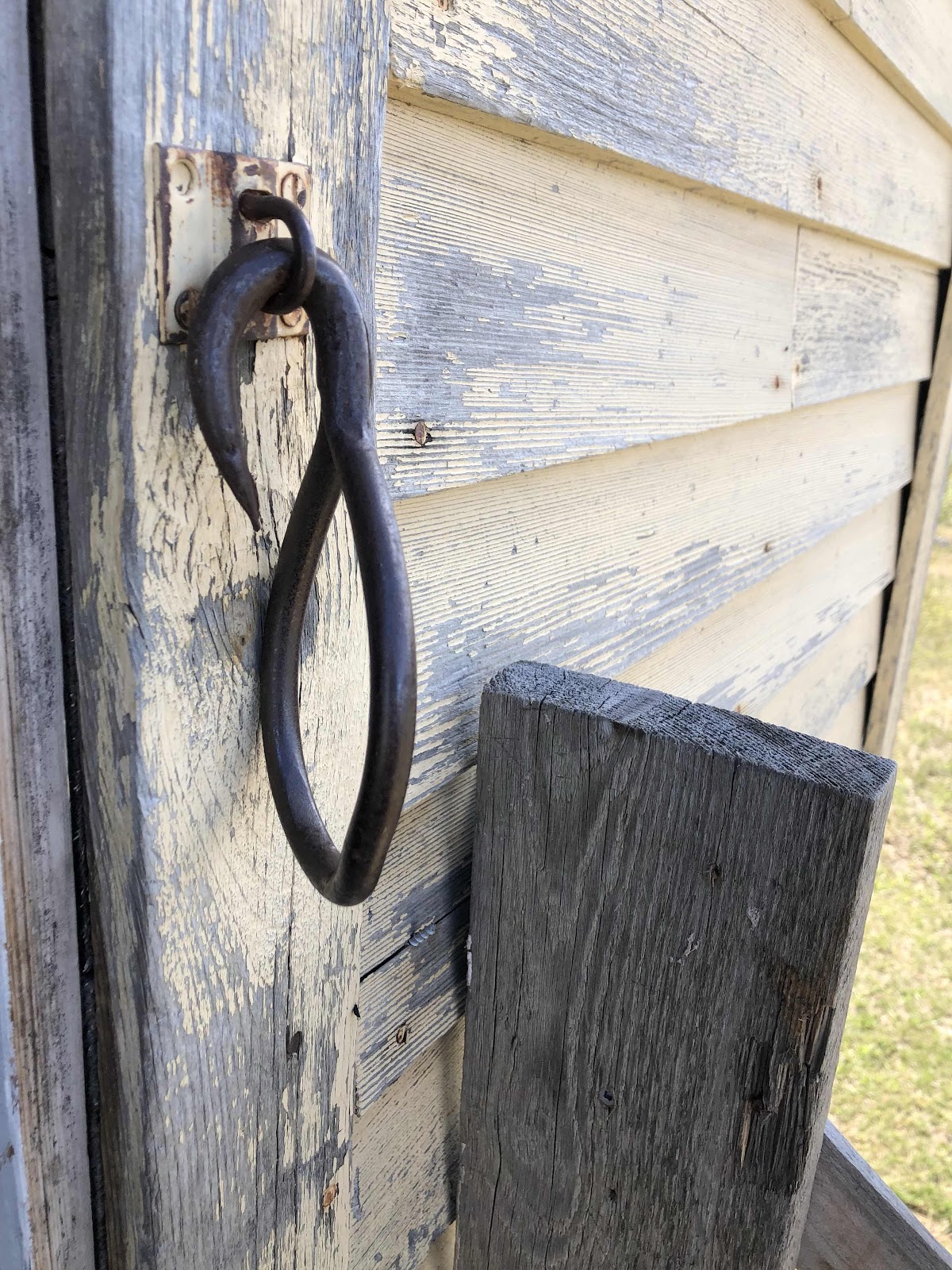This story is published in Saskatchewan History and Folklore Magazine.
The bunkhouse built by my paternal grandfather in the 1930s on the family farm at Leask, Saskatchewan.
Threshing Time
Once his crop was harvested, Grandpa and his hired men travelled first to neighbouring farms to do threshing, then to farms around Leask. Horses pulled the bunkhouse and grandpa’s 1934 Twin City tractor towed the threshing machine.
Grandpa and his crew did custom threshing from 1934 through the end of the 1930s. In advance of the threshing crew's arrival, farmers used a horse-drawn binder to cut and bundled the crop into sheaves that were stooked and allowed to dry.
The Crew
The Crew
A threshing crew could consist of fifteen men. Six of them, each with a team of horses and a wagon, transported the sheaves to the threshing machine. Wagons were then manually loaded by four field pitchers. The wage for a man with a team of horses was one dollar per hour for a twelve-hour day.
Two bundle pitchers unloaded the wagons at the thresher, where another three men oversaw the operation of the threshing machine, separator and hauling of the grain. A long belt attached to a flywheel on the tractor powered the threshing machine.
Two bundle pitchers unloaded the wagons at the thresher, where another three men oversaw the operation of the threshing machine, separator and hauling of the grain. A long belt attached to a flywheel on the tractor powered the threshing machine.
One warm, early October day the men moved the bunkhouse and threshing machine to a farm in preparation to start work the next day. They awoke the next morning to four inches of snow on the ground. So much for that plan.
Farm Women
Grandmothers, wives and daughters, played an essential role during harvest. They cooked for the threshing crew and cleaned the bunkhouse. When the men travelled, the women had their household work and childcare to do, plus the added responsibility of looking after the farm animals.
The Best Pie
As the threshing crews moved from farm to farm, word got around as to who the best cooks were. It was a matter of pride for the lady of the house to prepare the best meals and desserts, especially pies.
The Bunkhouse
The Bunkhouse
At the end of long, exhausting days in the hot sun and dust, the men were more than ready for a rest. The bunkhouse was fitted with six bunks. My grandma and mom sewed cotton covers for the straw mattresses. Hardwood covered the floor, wood shingles shielded the roof, and a small wood stove provided warmth on cool fall nights. Four large steel wheels, recycled from a wagon, carried the load.
Treasures Within
In later years my parents used the bunkhouse for storage. We weren't supposed to go in there, but occasionally my brother and I would sneak in. The bunkhouse was four feet off the ground as it still sat on the big wheels. The door was held shut with an iron hook that we used to pull ourselves up to get in. I remember it being big inside as we walked around looking at the old treasures it held. In actuality, the bunkhouse was eight feet wide by sixteen feet long.

The door hook felt smooth and cool in my hands as I gripped it and a musty smell emanated from within. Hard-working hands from years ago left remnants of engine oil on the hook and I could smell the oil on my hands.

Buffalo Blanket
The door hook felt smooth and cool in my hands as I gripped it and a musty smell emanated from within. Hard-working hands from years ago left remnants of engine oil on the hook and I could smell the oil on my hands.
Buffalo Blanket
One of the items stored inside the bunkhouse was a four-foot by six-foot buffalo blanket that they used to keep warm when travelling by caboose. My grandpa purchased the blanket in 1926 from a local gentleman. As a kid that hairy blanket made me feel uneasy.
It was stored on a shelf at my eye level and seemed to have a life-like quality. I thought the buffalo blanket had been discarded or sold at my parent’s farm sale years ago. I recently learned that my brother brought it to his home in Alberta, vacuumed it clean and carefully stored it.
Although the bunkhouse is no longer in use, the farming tradition of helping one’s neighbours lives on today.
Buffalo Blanket
Photo Credit Vern Richter
